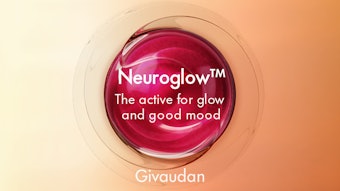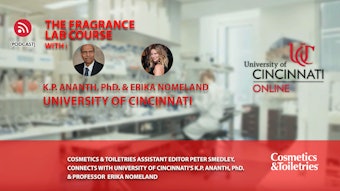Green chemistry in cosmetics is an ever-expanding area that has generated interest in the investigation of vegetal ingredients, environmentally friendly processes and by-products derived from other industrial applications, among others. For example, alpha-pinene is typically derived from pine trees but is also a by-product of the paper manufacturing process. Alpha-pinene is a source of low-toxic and naturally based non-ionic molecules such as isobornyl ethers.
From such isobornyl ethers, dipropylene glycol isobornyl ether was developed, a liquid hydrotrope characterized by an unusual lipid chain. The present study examines the properties of this material and its potential application in the cosmetic field. Materials such as these are of interest because they combine forthcoming chemical and physical properties with sustainability and other ecological aspects, thus paving the way to new product formulations.
Lab Practical: Usign DGIE
- DGIE is a transparent, slightly yellow liquid with characteristic odor and good stability.
- This material exhibits solubilizing and co-emulsifying properties, although it is not classified as a surfactant.
- DGIE is a hydrotrope and decreases the surface tension in water phase nearly proportionally at very low concentrations.
- As an oil phase, the material shows an apparent required HLB of 11.5 in the o/w region and a required HLB of 6.7 in the w/o region.
- Tests have verified its low toxicity (LD50 > 2000 mg/kg).
- The material is soluble with glycols, alcohols, oils and waxes.
- DGIE successfully disperses pigments.










